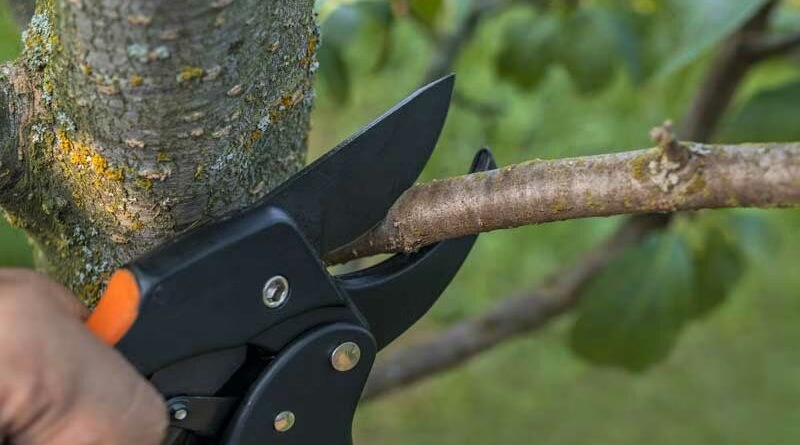Tree pruning is the process of removing loose, dead, and diseased branches that prevent your trees from flourishing.
There are numerous benefits of trees:
They’re air purifiers, natural coolants, oxygen providers, and emission combaters. In addition, trees play a significant role in preserving soil, climate amelioration, and supporting wildlife.
Taking care of your tree determines its longevity, strength, and shape. Well-pruned trees will enhance the aesthetic value of your landscape.
Tree pruning is a time-consuming process, especially if you lack sufficient knowledge in this industry. Therefore, you should consider hiring expert arborists with excellent reputations and professionalism.
TYPES OF TREE PRUNING
1. Crown Reduction
The main objective of crown reduction is to prevent your trees from becoming too top-heavy. Basically, it’s used to remove tree branches from objects, such as lights, signs, and buildings. Tall trees are the main culprits for crown reduction. An arborist removes small branches that are attached to the heavier branches. This type of pruning is ideal for younger trees because it promotes their growth.
2. Dead Pruning
Dead pruning focuses on eliminating diseased, dying, and dead branches. This type of pruning plays a vital role in boosting your landscape’s curb appeal. This is achieved by improving the overall appearance of the trees.
3. Crown Thinning
Crown thinning is an important pruning procedure that eliminates weaker and smaller limbs, especially from the top of your trees. This type of pruning improves light penetration and air circulation, thus boosting the overall health of your trees.
4. Crown Raising
It’s also called crown lifting. This is the process of removing the low-hanging limbs and branches. This process is ideal for trees that overhang your property, sidewalk, or road. Based on research, crown lifting can be harmful to mature trees. Therefore, it’s suitable for young trees.
5. Crown Restoration
This is an essential type of pruning that restores vandalized trees. During a storm, your trees will be prone to damage. Therefore, crown restoration is the best pruning procedure that’ll help your trees regain their natural appearance and form. Crown restoration can depend on two key factors: type of damage and tree species.
6. Pollarding
Pollarding begins when trees are young. This procedure is repeated at regular intervals during the lifespan of your trees. It involves removing all branches from young trees, thus leaving the main stem and a framework of the secondary branches. There are various reasons for pollarding:
- Prevent streetlights and electric wires from being obstructed
- Minimizes the shade cast by your trees
- Prevents shrubs and trees from outgrowing their allotted space
Other types of tree pruning include vista pruning and crown cleaning. A professional arborist will analyze your trees before pruning them. This is essential because it helps the arborist use the best pruning approach that suits your trees.
BENEFITS OF TREE PRUNING
a. Promote Plant Health
Pruning procedures remove dead and dying stubs and branches, thus allowing your trees to thrive. Based on research, well-pruned trees aren’t prone to animal and pest infestation. Pruning promotes your trees’ healthy growth and natural appearance.
b. Detects Pests and Disease
During the pruning session, an arborist will detect pests and diseases. Early detection is important because it minimizes the risk of the disease spread. Controlling the situation before it escalates will minimize maintenance costs.
c. Minimize Damage
Trees that are close to the pool, house, and garage require routine pruning. Heavy branches can damage your property; therefore, proper pruning minimizes the risk of damage.
d. Improves Sun Exposure
Sunlight is an important aspect when it comes to the photosynthesis process. This is because photosynthesis can be determined by the amount of sun reaching your tree’s leaves. Pruning unnecessary, dead, and diseased branches improves sun exposure, hence enhancing the amount of photosynthesis.
Conclusion
There are other benefits of tree pruning, such as improving the value of your property, enhancing the appearance of the tree, and increasing their productivity. The best time to prune trees is during the winter months.
Avoid the do-it-yourself approach because you’ll be prone to mistakes that can damage your trees. There are various aspects that you should consider when choosing the right tree pruning company.
Some of these aspects include professionalism, years of experience, credibility, licensing, and insurance.

